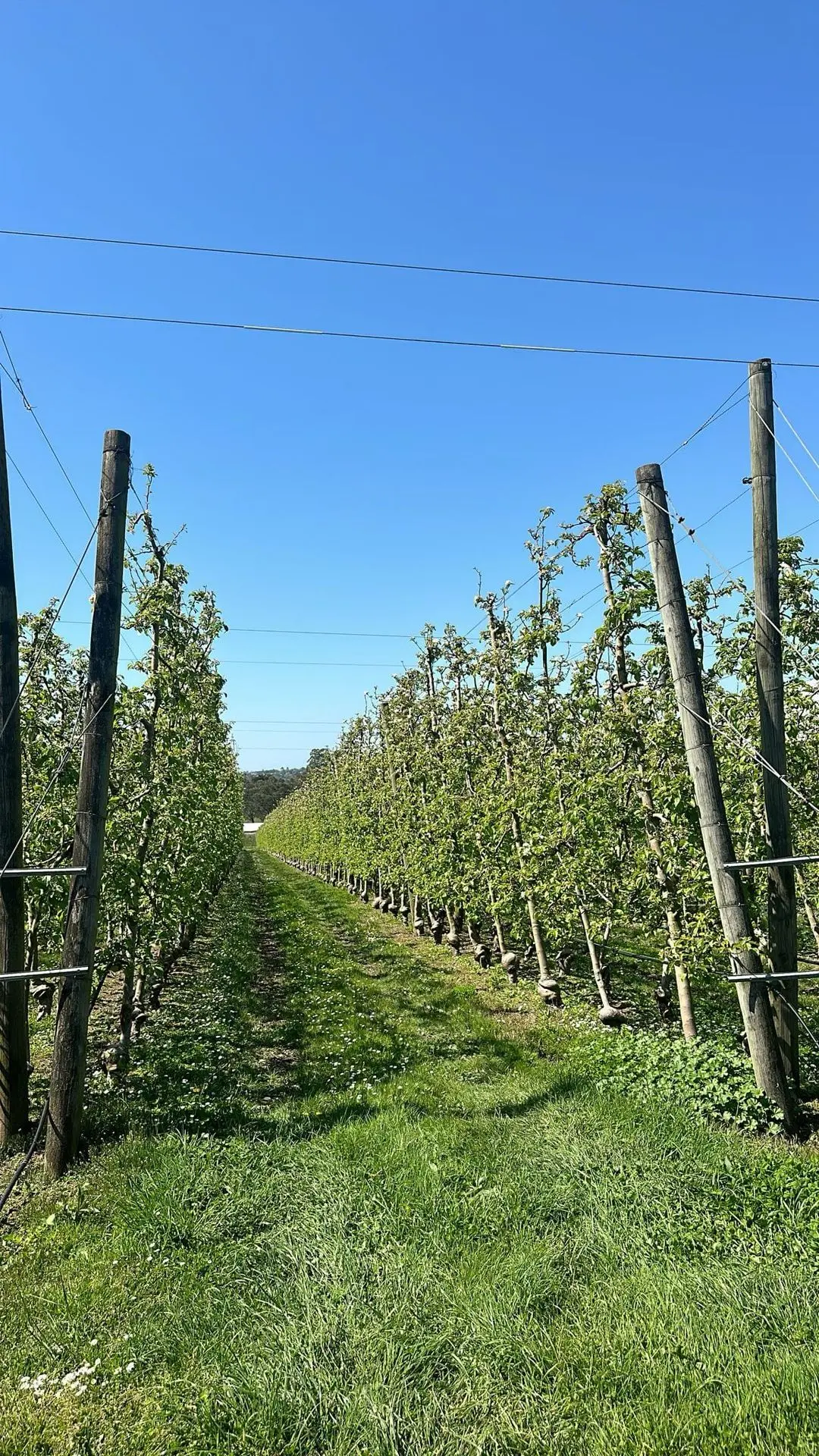How do plants make food on a cloudy day?
Learn how plants adapt to low-light conditions and what this means for their overall health and development.
Plants are crucial for sustaining life on earth. Plants are known as autotrophs as they prepare their own food and energy through the process of photosynthesis. This process allows them to self-feed and grow.
Impact of cloudy days on plants
It’s a universal fact that sunlight is crucial for plants to prepare their food and the energy required to grow and bloom. If that’s the case, then how will plants make food on a cloudy day? Do cloudy days impact the flowering of plants?
The answer is yes. Cloudy days affect the flowering and photosynthesis in aquatic and land plants. Plants require sunlight to manufacture food, but they can still prepare food even when it’s a cloudy day because of a sufficient amount of sunlight filtering through the clouds, which is enough for plants to carry out photosynthesis.
However, cloudy days’ mean that plants produce little food or energy that they need to thrive and bloom. Plants continue to grow irrespective of the weather.
Cloudy days slow down the growth rate of plants as it slows down the rates of transpiration. In transpiration, plants carry nutrients up from the roots to the shoots using osmatic pressure and capillary action, etc. Hence, the growth rates slow down as plants cannot move nutrients up to their cells and cannot produce new energy on cloudy days due to the cold weather and high humidity.
What do plants do on cloudy days?
While some plants may seem to slow down their activities on overcast days, they’re usually just conserving energy.
Many plants are photosynthetic, meaning they use sunlight to create food for themselves. But the sun isn’t always shining brightly. On cloudy days, there is still light reaching the earth, but it’s diffused. That means plants must work a little harder to get the same amount of sunlight.
So, while plants may not be growing as quickly on cloudy days, they’re still performing vital functions. They’re just doing it at a slower pace.
How do plants prepare food in absence of sunlight?
In the process of photosynthesis, plants use sunlight to convert carbon dioxide from the atmosphere into glucose. Glucose is then used by plants as a source of energy or converted into other molecules, such as amino acids, which are used to build proteins. In order for photosynthesis to occur, plants must have access to sunlight. However, there are some plants that can prepare food in the absence of sunlight. These plants are known as heterotrophic plants.
Need Assistance? Chat With Our Agronomists
